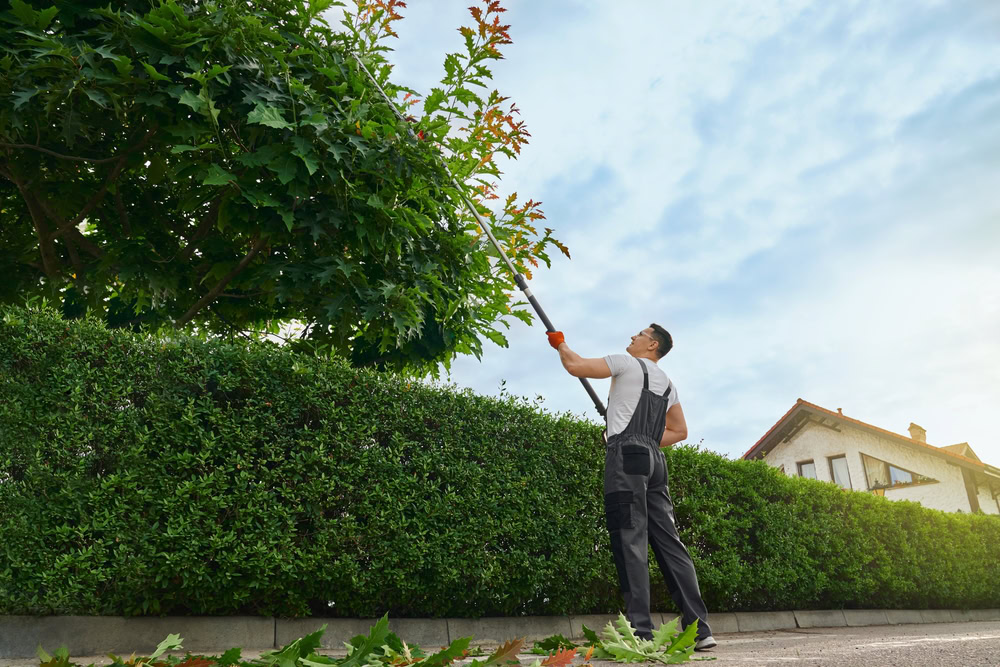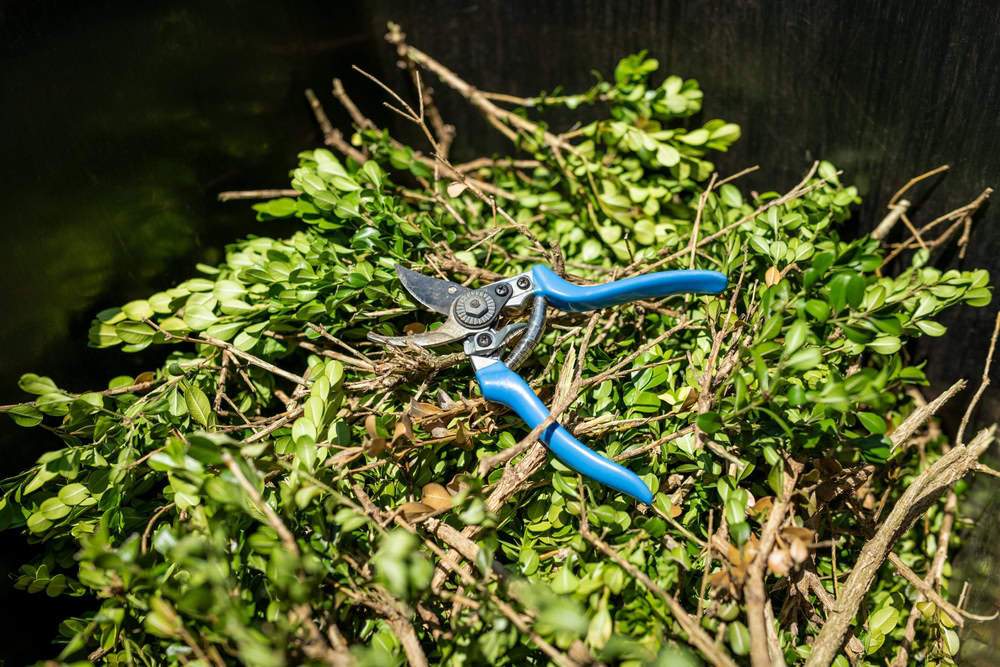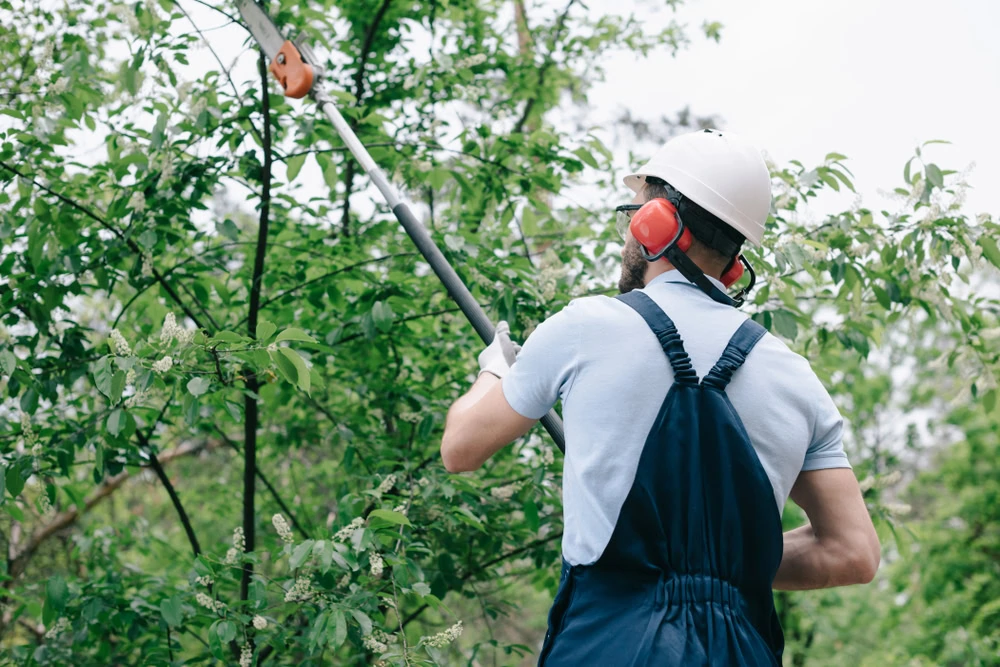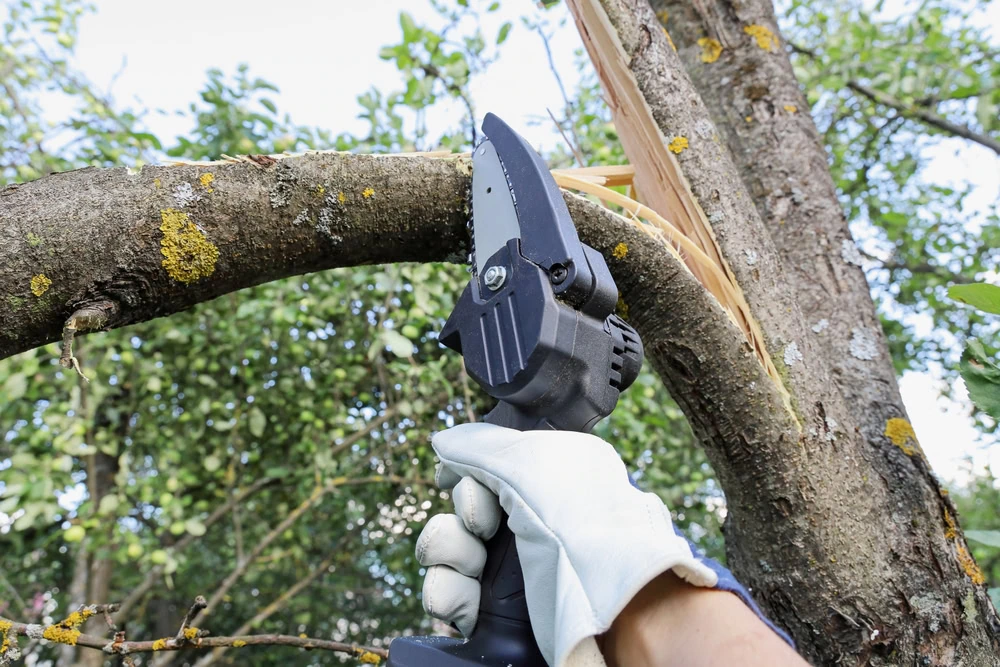Tree Trimming in Port Jefferson Station, NY
Safe, Professional Tree Care That Protects Your Property
Licensed arborists who handle tree trimming right the first time, keeping your family and property safe.

Hear from Our Customers

Professional Tree Care Port Jefferson Station
You get peace of mind knowing your trees won’t threaten your home during the next storm. Proper trimming removes dead branches and weak growth that could fall, while preserving the healthy parts that add value to your property.
Your yard looks better too. Professional trimming opens up blocked views, lets more sunlight reach your lawn, and gives your landscape that well-maintained look that neighbors notice.
No more worrying about insurance claims or emergency calls when bad weather hits. Regular tree maintenance catches problems before they become expensive disasters.
Licensed Arborists Port Jefferson Station
We’ve been serving Port Jefferson Station and the surrounding Long Island area for years. Our team includes certified arborists who understand how local weather patterns, soil conditions, and tree species affect your property.
Every job is fully insured and handled by licensed professionals. You’re not dealing with fly-by-night contractors or weekend warriors with chainsaws.
We built our reputation on showing up when promised, cleaning up completely, and treating your property with respect. That’s why Long Island homeowners keep calling us back for all their tree care needs.

Tree Trimming Process Port Jefferson
First, a certified arborist evaluates your trees and explains what needs to be done. You get a clear explanation of the work and a written estimate with no surprises.
Our crew arrives with proper equipment and safety gear. We protect your landscaping, trim according to industry standards, and remove all debris. You don’t have to worry about cleanup or disposal.
After the work is complete, you get a final walkthrough to make sure everything meets your expectations. The job isn’t finished until you’re satisfied with the results.

Ready to get started?
Tree Maintenance Services Long Island
Tree trimming includes removing dead, diseased, or damaged branches that pose safety risks. Crown thinning opens up dense canopies to reduce wind resistance and allow better light penetration. Structural pruning corrects growth patterns in younger trees.
Emergency tree service is available when storms damage trees or create immediate hazards. We respond quickly to remove fallen trees, clear blocked driveways, and make your property safe again.
Regular maintenance programs keep your trees healthy year-round. Port Jefferson Station’s coastal climate and seasonal storms require ongoing attention to prevent problems before they start.
